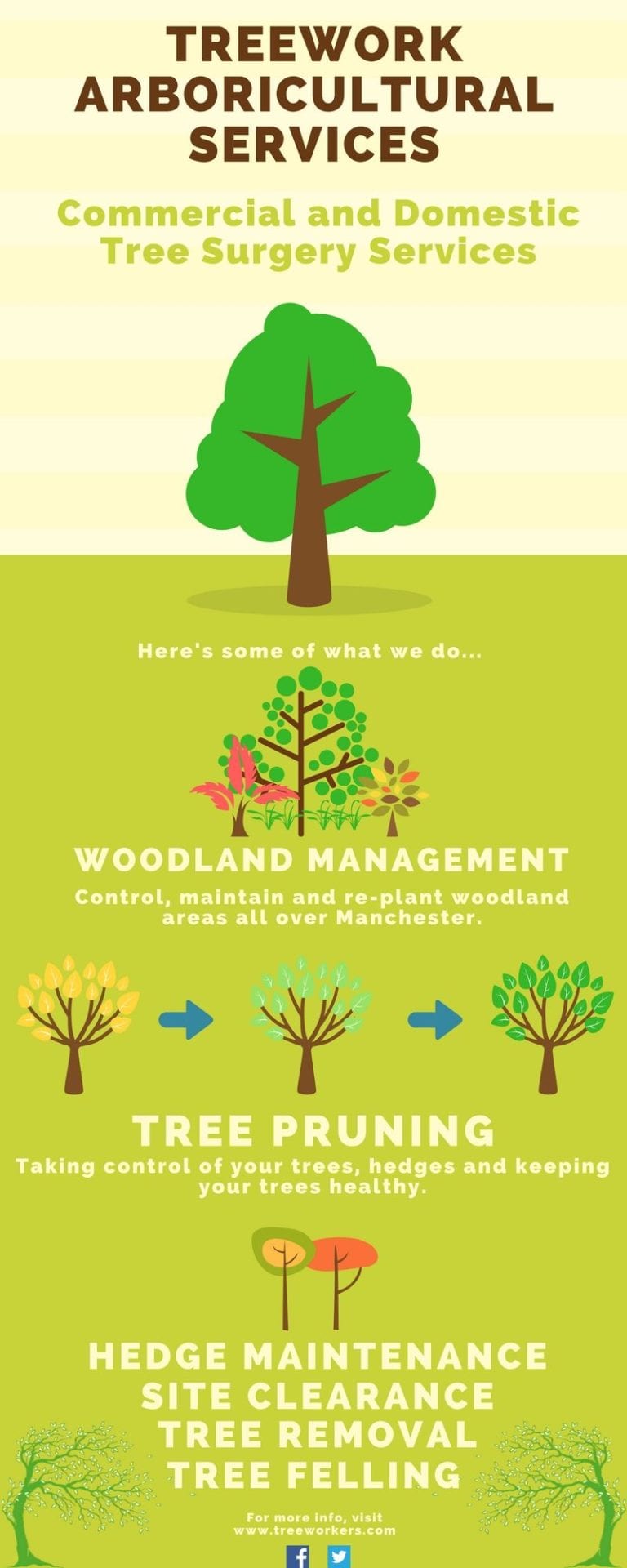Guarding Your Landscape: Replanting After Tree Removal
Guarding Your Landscape: Replanting After Tree Removal
Blog Article
Article Writer-Hussein Gravesen
Tree removal can leave a gap in your landscape that needs filling. You can grow something brand-new in that room, yet it takes extra care and focus at the starting to help it flourish.
The dirt in that area will maintain transforming over time as microorganisms break down the old origins. That can affect the nutrition equilibrium and physical area for new growth.
Soil
The soil in a plot where a tree has been eliminated is likely to be extremely various from the rest of your yard or lawn. The origins of the old tree and the stump will certainly have altered the soil, removing some nutrients and possibly crowding out other plants. On top of that, if the previous tree was infected, the transmittable agent may still be in the ground.
The visibility of roots promotes a rich and diverse neighborhood of dirt microorganisms that boosts vital procedures like nutrient cycling and organic matter decomposition. Without these microbes, the displaced soil can come to be much less fertile and nutrient-depleted, with a negative impact on plant development.
Prior to replanting, the dirt needs to be removed of particles and natural material (such as timber chips from stump grinding). You might wish to mix in potting soil or native dust with this compost to give your brand-new planting with an atmosphere that is well balanced and packed with nutrients.
Water
Tree origins absorb large amounts of water from the dirt. This procedure additionally includes nutrients back to the soil, particularly nitrogen, which is crucial for new trees and plants. Sadly, old dirt can be diminished of these vital minerals because of the rotting roots and stump from a removed tree.
This is why it is very important to have a plan for the future of your landscape. Ideally, the best time to plant is when you have a fresh start.
Whether you're growing yard or flowers, make certain to make use of a soaker hose pipe to stay clear of overwatering your brand-new landscaping. If the area was a yard, see to it to cover the dirt with organic mulch to aid maintain wetness in the soil, regulate soil temperature levels and subdue weeds. This likewise gives a layer of defense for young plants and advertises worm activity. Then, frequently restore the compost to continue improving the soil nutrient thickness and microbial life. This is known as dirt remediation.
Light
Trees are a great addition to any type of landscape, offering shade, aesthetic pulchritude, and many other advantages. However, occasionally trees end up being unsightly as a result of a variety of factors, consisting of disease, bug invasions and natural aging.
In such cases, it might be needed to get rid of a tree. It's important to take into consideration the worth of a specific tree in your landscaping and take the appropriate actions to guarantee that the removal is done safely and effectively.
During the late summertime, it's an excellent time to do upkeep and examinations on existing trees. Look for tree count of illness, insect infestations, or architectural damages, in addition to any prospective threats such as damaged or leaning trees.
Before beginning any kind of construction jobs, be sure to secure the root zones of existing trees by staying clear of soil compaction and grading around them. Organic matter, as it breaks down, can produce toxic gases that are damaging to the roots of a tree. It's likewise an excellent idea to mulch the area around a tree after building and construction has actually finished to save wetness and subdue weed development.
Temperature
Trees are essential to a landscape for their visual appeal, but they also play a crucial duty in the regional ecological community by supplying color and windbreaks. They sustain wildlife habitats and minimize the amount of co2 airborne, which can contribute to international warming. This is why it is suggested to replant trees after removing one from the home.
When replanting a brand-new tree in the location of a previous stump, the dirt may not have enough nutrients to sustain it. It is best to wait for a year before growing to guarantee that the soil will certainly be abundant in nutrients.
To make sure that replanted trees thrive, it is important to provide them with appropriate treatment. A layer of compost will keep soil wetness from vaporizing, control soil temperature level, and aid subdue weeds. https://www.knopnews2.com/content/news/NPPD-Beware-of-tree-trimming-scam-564931992.html is the recommended option since it boosts soil fertility. Ongoing fertilization and bug control are additionally crucial for replanted trees.